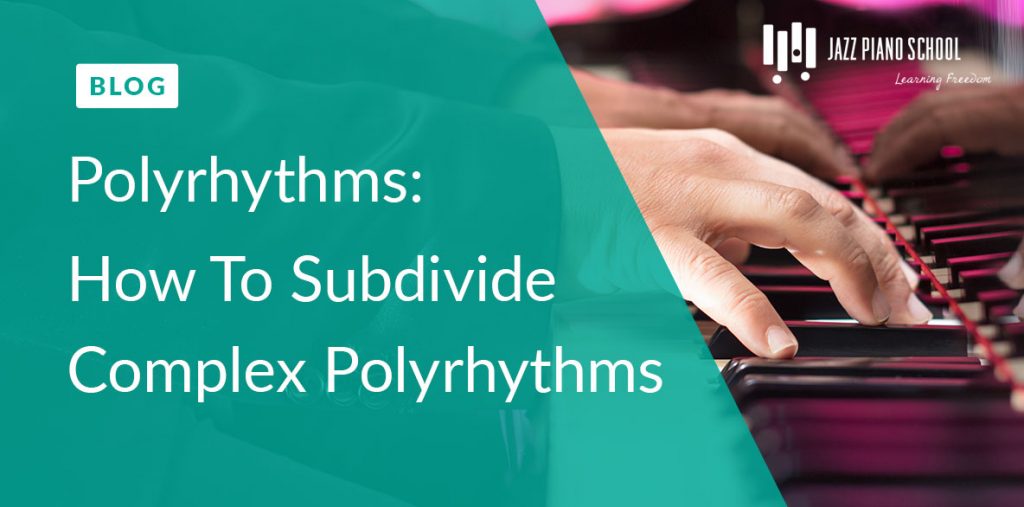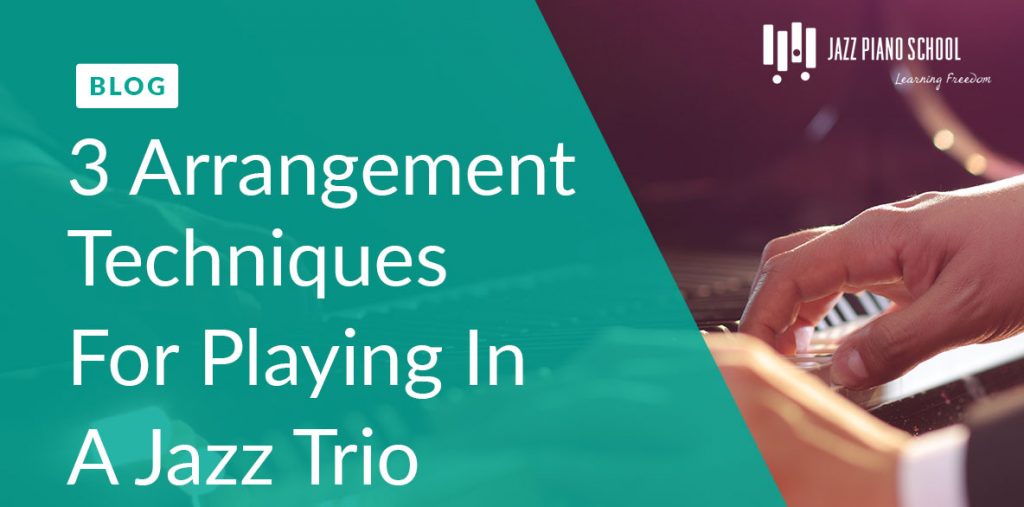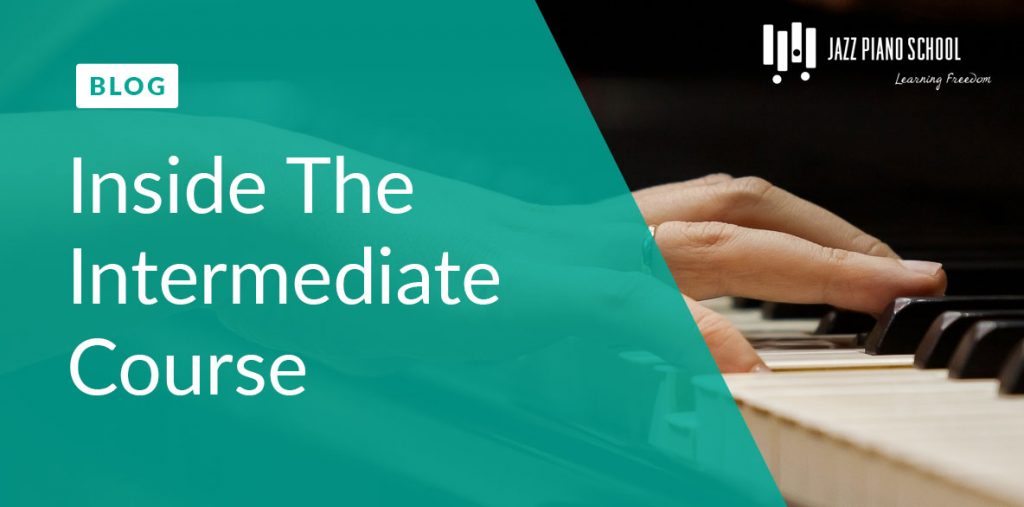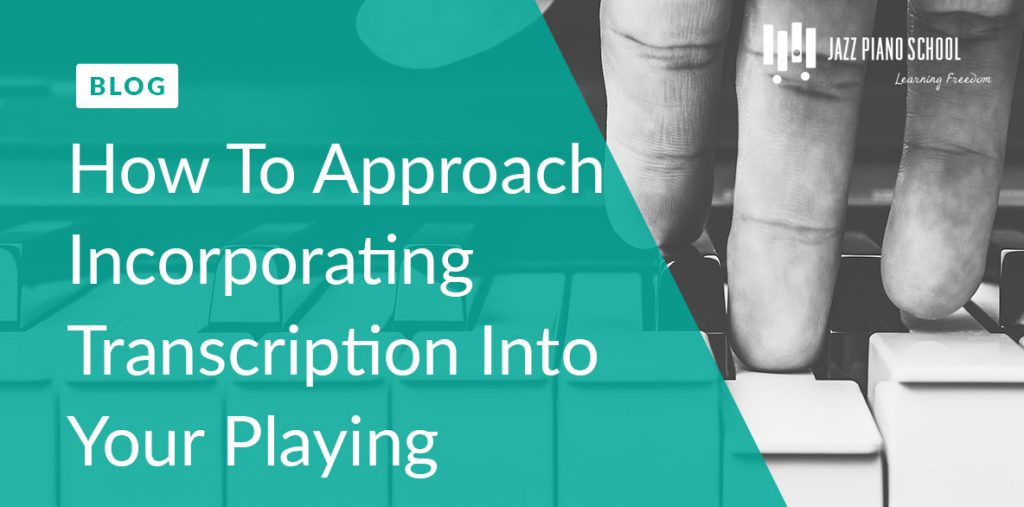How to Arrange “Here’s That Rainy Day” Like Bill Evans

Last time we looked at some orchestration techniques and the main challenges involved in playing solo piano. If you haven’t checked that out yet, click here to read that first. Today we are going to tie it all together by looking in-depth at a solo piano arrangement of Bill Evans on “Here’s That Rainy Day”. […]
Improving Solo Piano: Challenges & Orchestration Techniques

While playing solo piano can be incredibly liberating, it can also be an incredibly daunting task with all of the melodic, harmonic, and rhythmic onus on you. Some of the main challenges of solo piano include: Establishing a 3rd Layer of Accompaniment that’s independent of the melody and the bass with only 2 hands. This […]
9 Steps To Improving Your Solo Piano – The JPS Solo Piano System

Playing solo piano is the type of thing that may literally make you want to go into Crate & Barrel with a baseball bat and smash everything to bits. (Don’t tell me you’ve never thought of doing that.) Well maybe not, but still you get the idea. IT’S FRUSTRATING! How do I know? Because […]
5 Tips For Non-Classically Trained Jazz Pianists About Piano Technique; Lessons From Robert Estrin

A topic I get asked about frequently from non-classically trained jazz pianists is about piano technique. A little personal background – before I was a jazz pianist, I was a classical pianist, having performed concertos with symphony orchestras, in various chamber settings, and having performed numerous solo classical piano recitals. I had the tremendous privilege […]
Polychords: An Introduction To Polychords – Superimposing Upper-Structure Triads To Achieve Richer Harmony

Polychords are a simple yet effective way to enrich your harmonic vocabulary and access extended or altered tones. In a basic sense, a polychord is superimposing a chord over a chord. In notation, a polychord may be used to: simplify the construction of chords clarify applications when improvising and composing imply a specific voicing As […]
Polyrhythms – How To Subdivide Complex Polyrhythms: A Lesson From John Riley

Last year I had the incredible fortune of taking John Riley’s rhythmic analysis class at the Manhattan School of Music. John is an incredible player and educator, with an immense knowledge of rhythm. One lesson that resonated with me was his explanation as to how to mathematically figure out exactly where to place the subdivisions […]
3 Arrangement Techniques for Playing in a Jazz Trio

As a jazz pianist, a lot of times you will find yourself playing in the trio setting alongside bass and drums, where you are the only “melodic instrument”. This presents certain challenges and opportunities. After all, most of the time you will have the role of playing the melody and being the main soloist, which […]
5 Essential Jazz Pianists and What You Can Learn From Them

Oscar Peterson Oscar Peterson, the “Maharaja of the keyboard,” was one of the pioneers of jazz piano who innovated a style unique to him. He was a virtuoso, able to execute 16th note bop lines flawlessly while maintaining impeccable time. His phrasing was central to his style; he possessed a light touch that allowed him […]
Inside The Intermediate Course, Release May 2nd @ 10:30 pst

[x_video_embed] [/x_video_embed] If you have any questions please leave them in comments section and I will respond personally! I’m extremely excited to announce the release of the Intermediate Course. Let me tell you, this one was well worth the work. I did lose about 20 videos in the process that I needed to refilm. My […]
How To Approach Incorporating Transcription Into Your Playing

-Guest Blog Post Written By Joey Lieber for Jazz Piano School. Joey Lieber is a pianist and piano / music teacher based in Westchester, NY. To follow Joey or for any questions, visit http://www.joeylieber.com A common question I’ve gotten from students is: “What is the best way to learn new vocabulary?” After all as musicians […]



